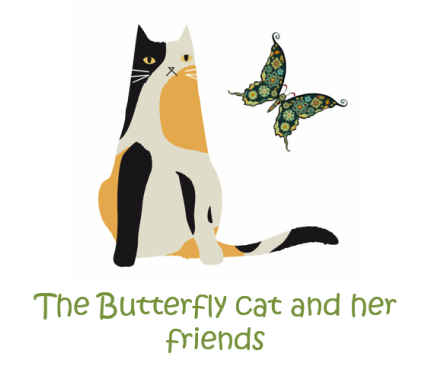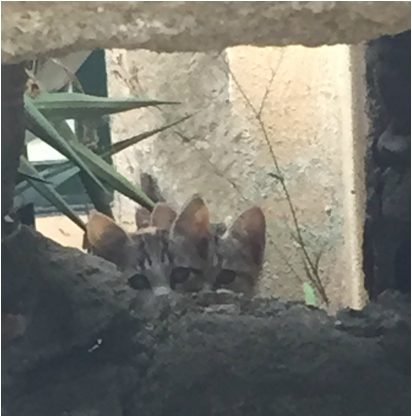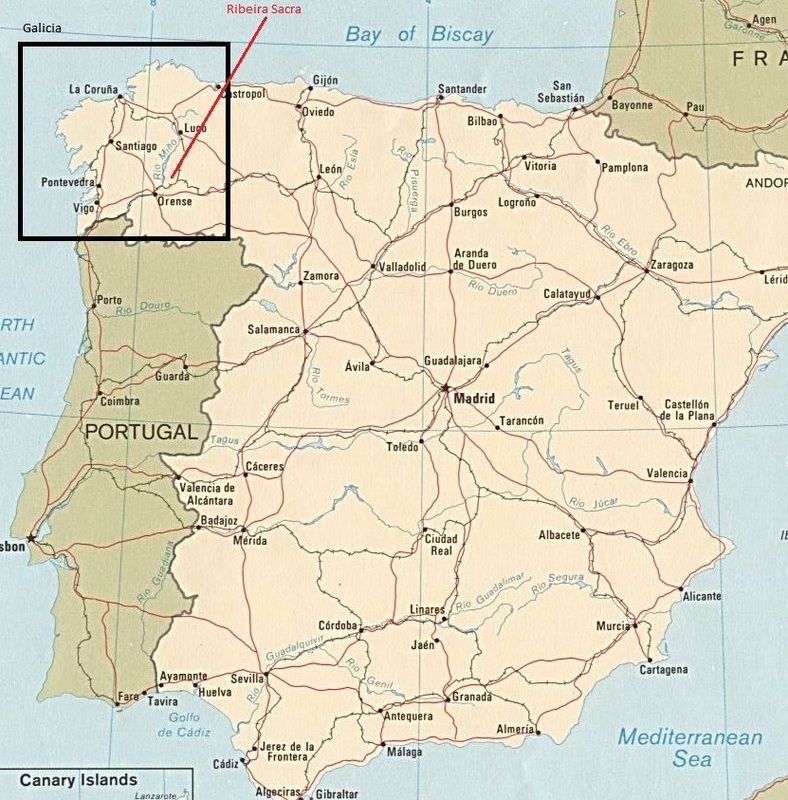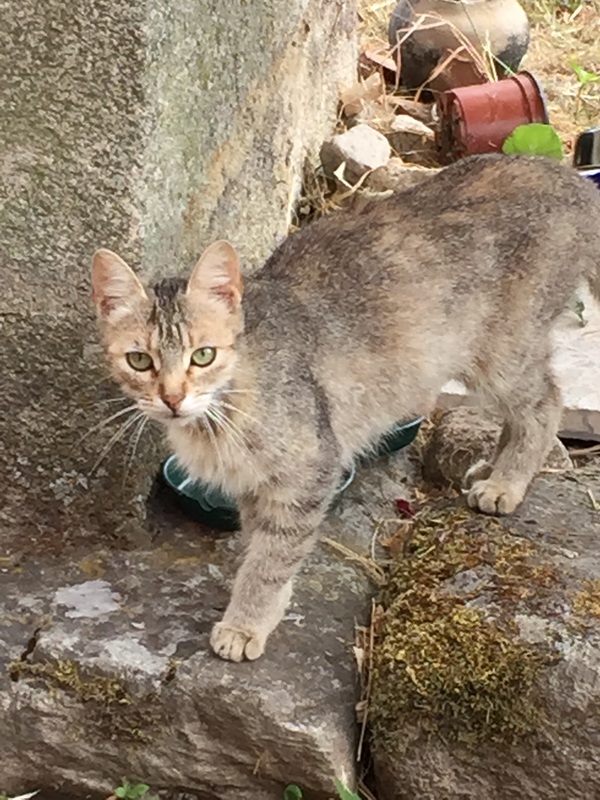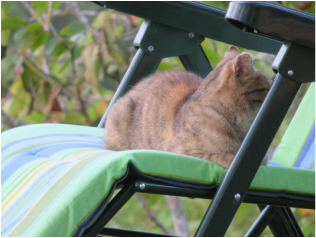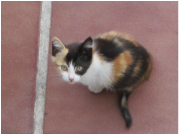
Project aim
Our aim is to improve the health of a colony of feral cats in a village in the North of Spain, and in the process, to promote the practice of Trap-Neuter-Return to other communities. Why the butterfly cat? One of those cats we looked after a few years ago was what is known as a “gata mariposa” (butterfly cat) or a calico cat. We called her Kittykat and you can see her in the picture on this page, looking up at the camera. A butterfly cat's colouring is a genetic accident. They have black and ginger markings on a white ‘background’, and such cats are thought to bring luck in some cultures (see here for more on this). Around 2999 in 3000 cats with these markings are female, and we think that’s pretty suitable for this project. We’re hoping Kittykat can bring us luck in our project in her village. |
Where is the project?Our house is in a small traditional farming village. It is an area that is slowly depopulating – in terms of human beings anyway! Here is the area, in North West Spain; in the magical region of Galicia.
|
What do we do?With our neighbours, we try to care for the cats in this feral colony. We aim to neuter as many as we can so that there are fewer hungry kittens, and so that we eventually will see a stable colony of healthy adults with sufficient food.
We love animals and we want to promote the concept and practice of what is called trap-neuter-return (TNR). For more about TNR, about feral cats and other questions you might have, please see our FAQs page, but basically TNR is the accepted method worldwide to humanely support feral cats to live the healthiest lives possible, without the constant burden of hungry and sick kittens. Cats are not hurt in this process. They are trapped in a humane trap, kept overnight somewhere quiet and warm, anaesthetised and operated on by the vet, and then kept for a few more hours (usually overnight) to recover. Then they are released where they were caught and go back to their normal lives but without being able to produce kittens. We have been doing TNR out of our own resources – and with the kind help of an Australian vet friend from London - for a few years now but it is becoming overwhelming, and we realise that if we are really going to make a lasting difference, as well as influence some other communities, we need to get serious, stop trying to do it all on our own, and try to find some support. Over the years we have;
|
|
